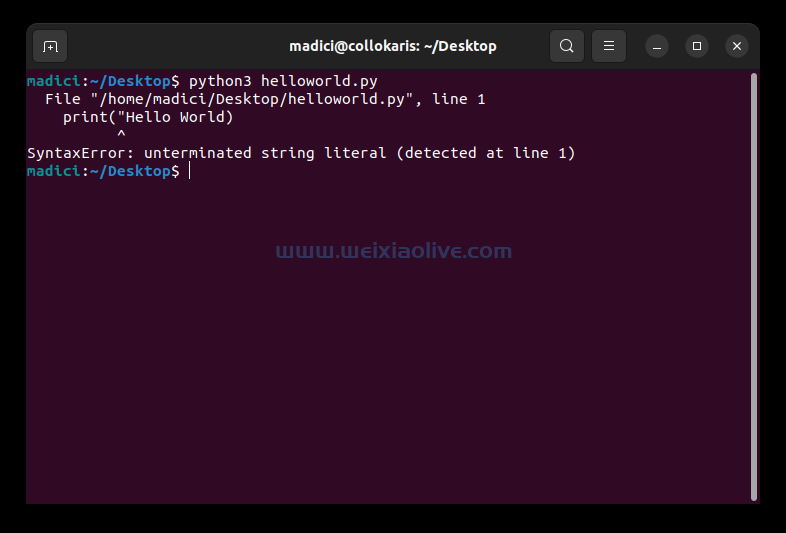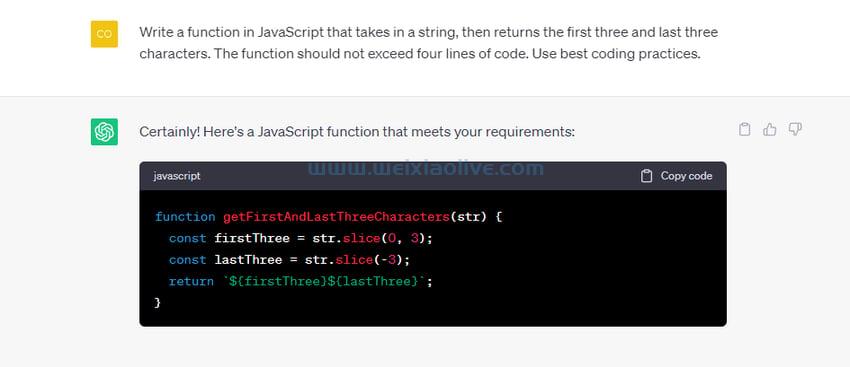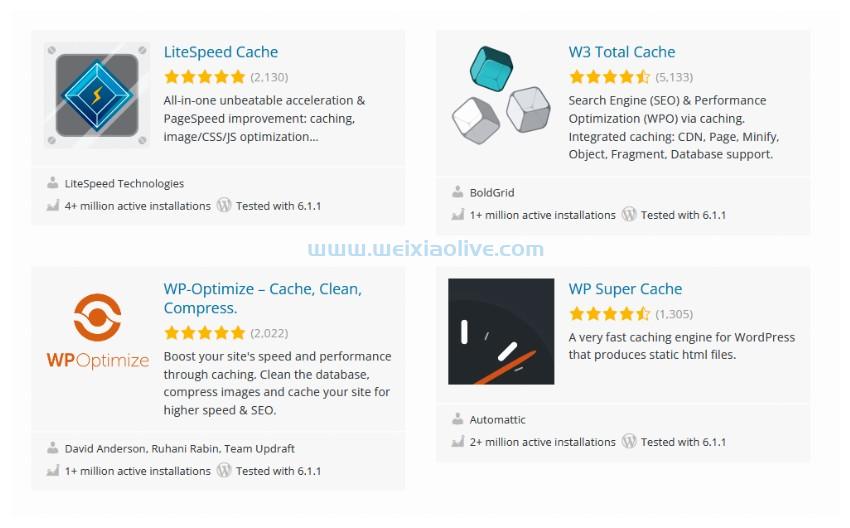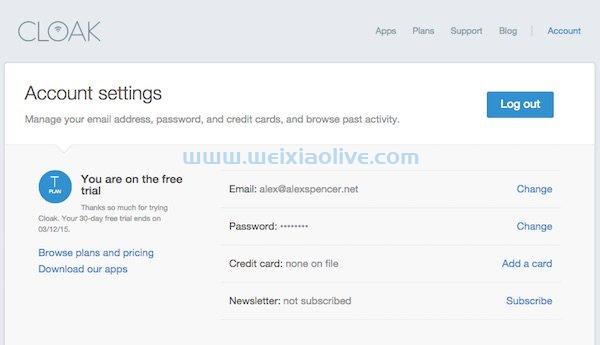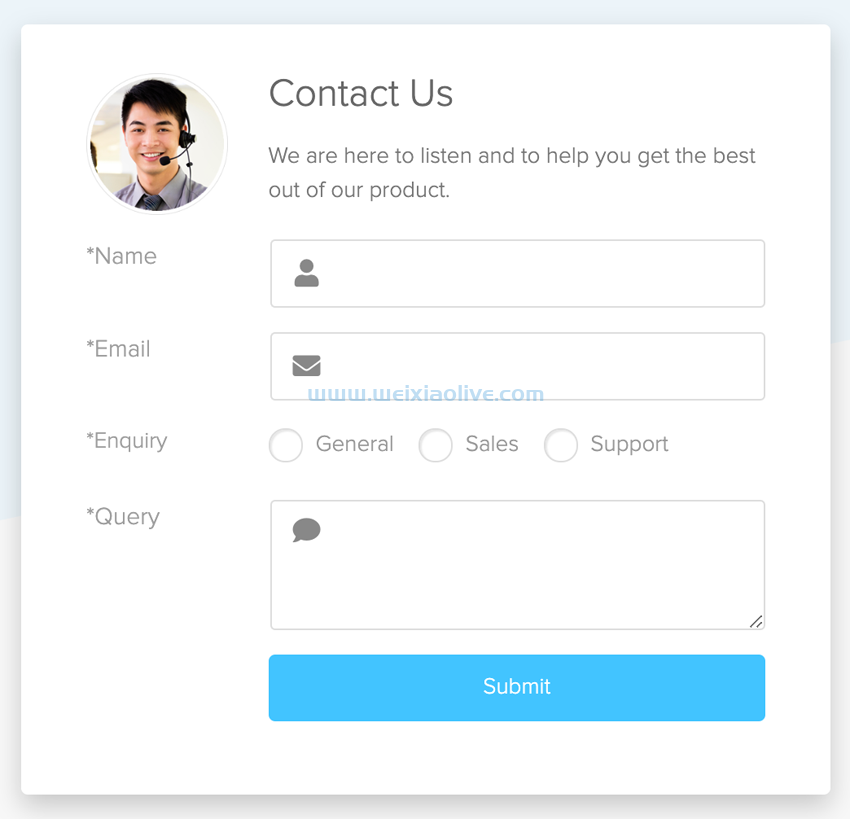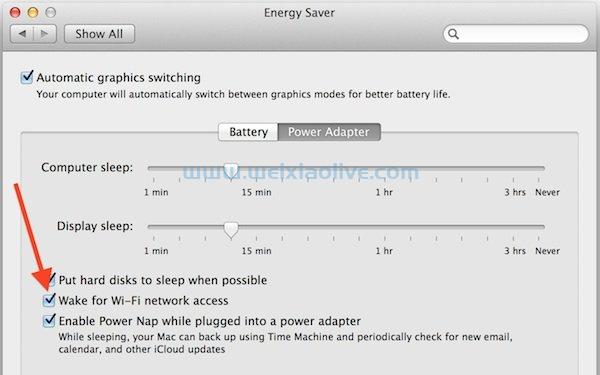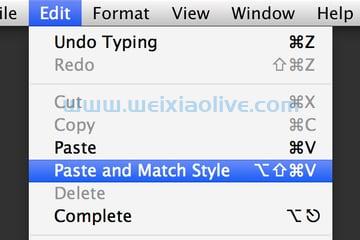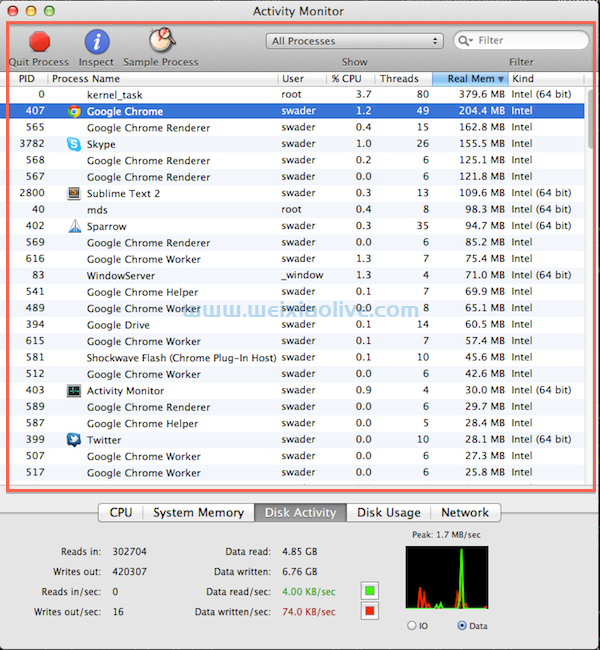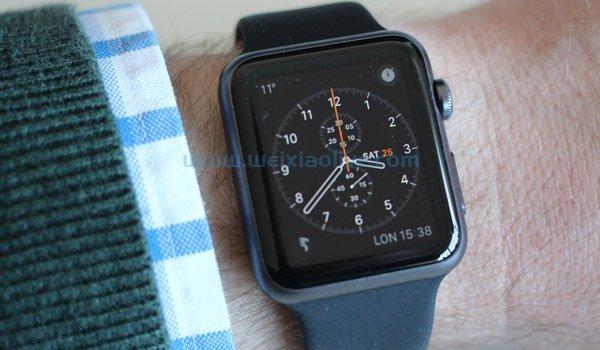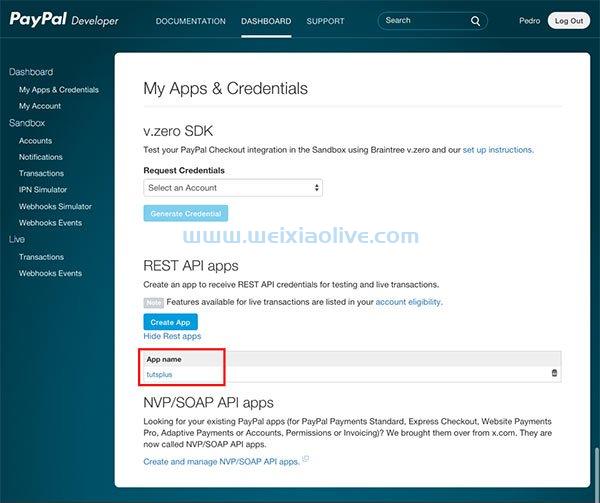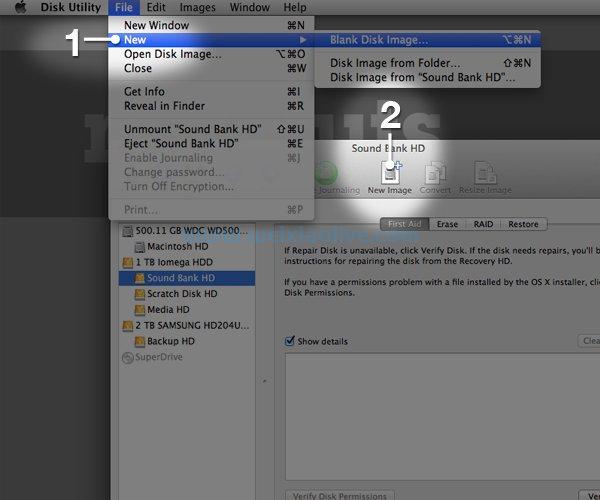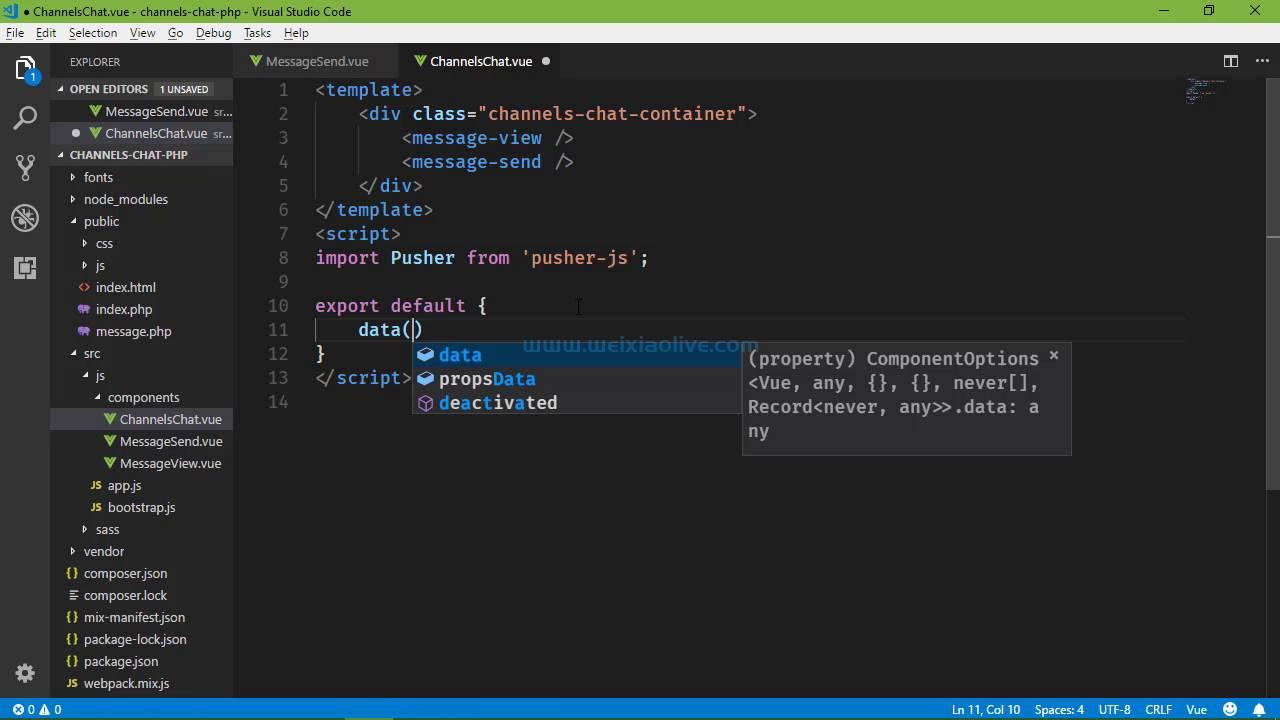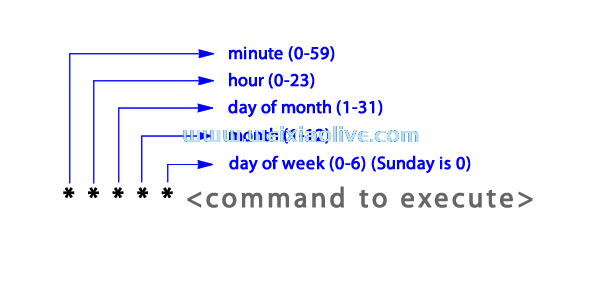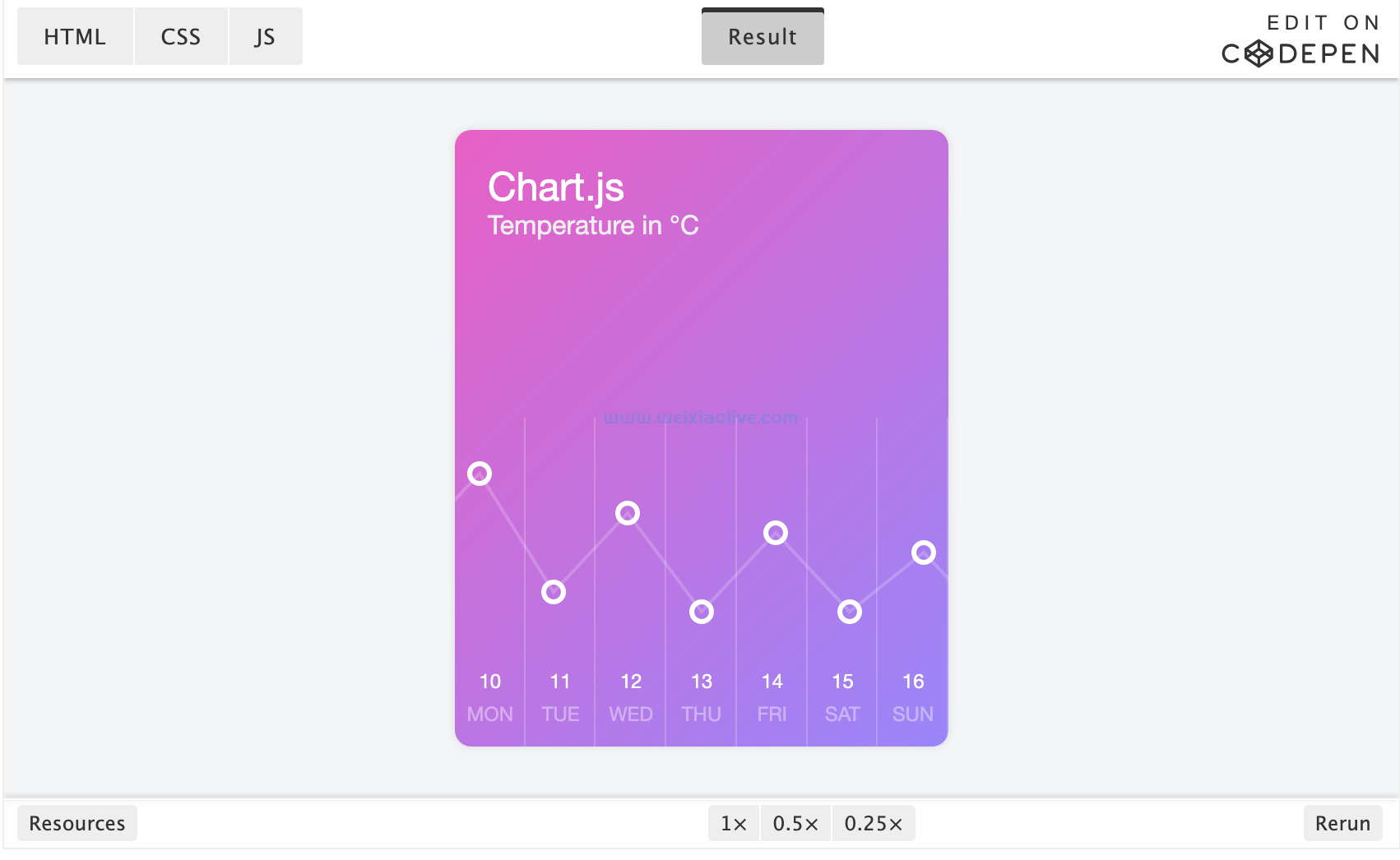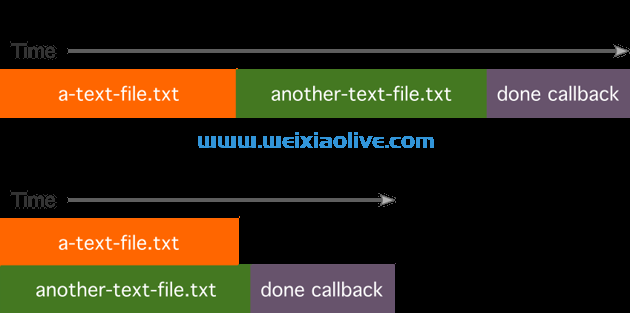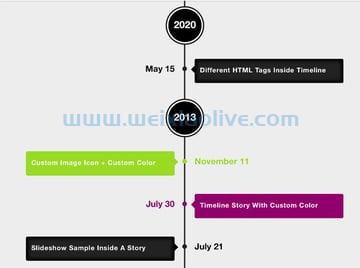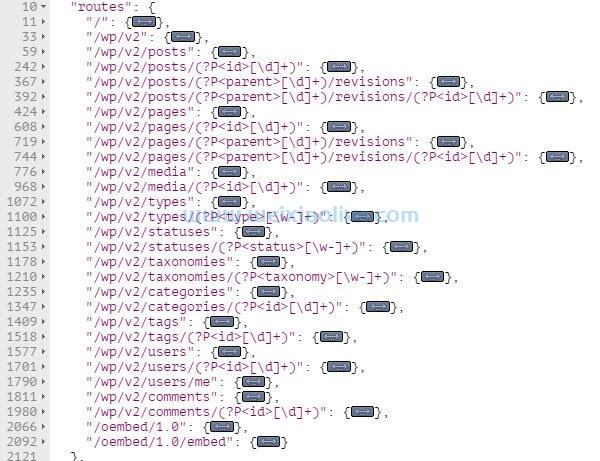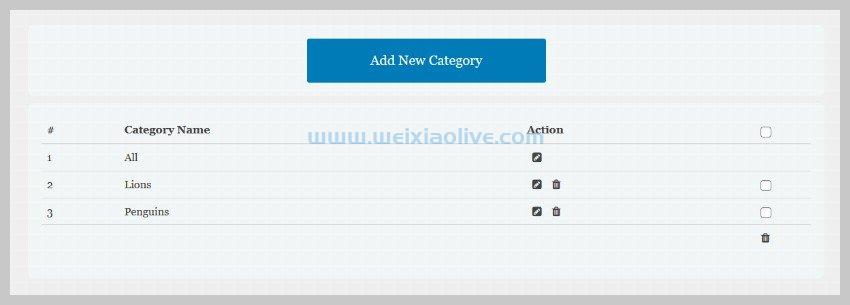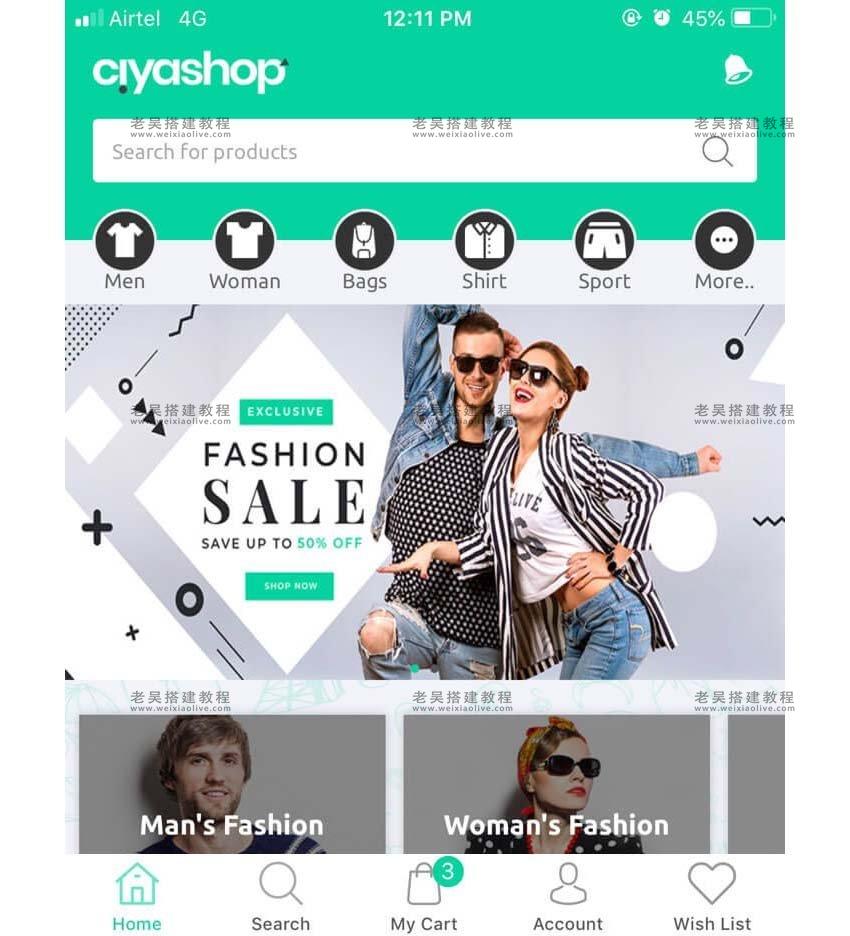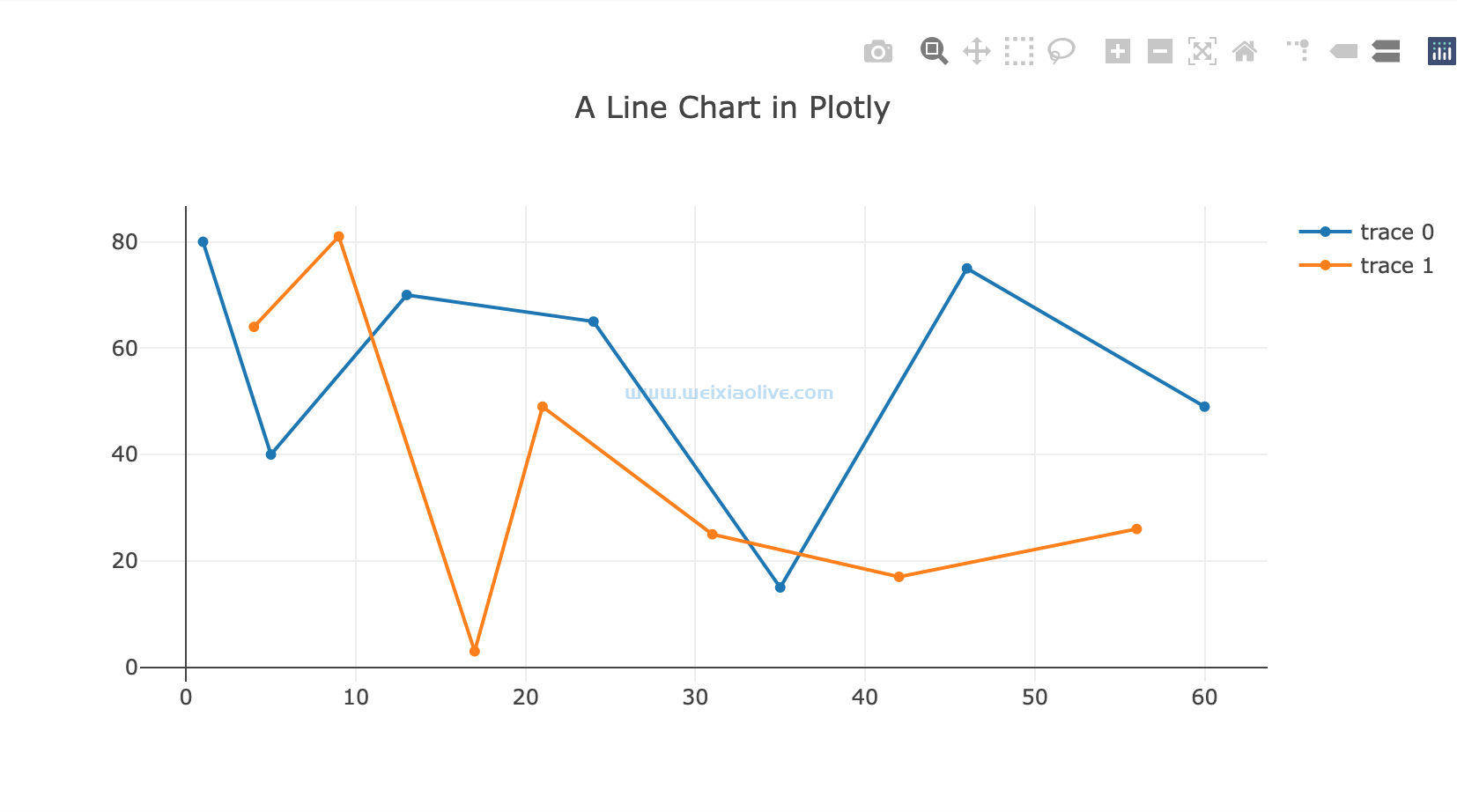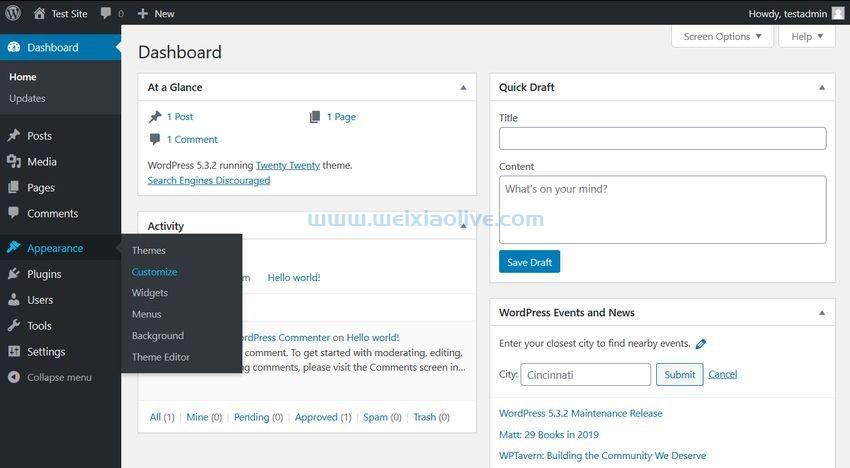在这一部分中,您将实现删除现有博客文章和实现用户注销功能的功能。
入门
让我们从克隆教程系列最后一部分的源代码开始。
git clone https://github.com/royagasthyan/angularBlogApp-EditUpdate Deletepost
导航到项目目录并安装所需的依赖项。
cd DeletePost/client npm install cd DeletePost/server npm install
cd DeletePost/client npm start cd DeletePost/servernode app.js
将您的浏览器指向 http://localhost:4200 ,您将运行该应用程序。
添加 删除确认
您已将删除图标添加到列出的博客文章中。当用户单击任何博客文章对应的删除图标时,您需要显示删除确认弹出窗口。如果用户确认删除过程,则只需要删除博客文章。
让我们开始在用户单击删除按钮时添加模式弹出确认。将以下模式弹出代码添加到show-post.component.html文件中。
<div class="modal fade" id="deleteModal" tabindex="-1" role="dialog" aria-labelledby="exampleModalLabel" aria-hidden="true"> <div class="modal-dialog" role="document"> <div class="modal-content"> <div class="modal-header"> <h5 class="modal-title" id="exampleModalLabel">Delete Post</h5> <button type="button" class="close" data-dismiss="modal" aria-label="Close"> <span aria-hidden="true">×</span> </button> </div> <div class="modal-body"> Are you sure ? </div> <div class="modal-footer"> <button type="button" class="btn btn-secondary" data-dismiss="modal">Cancel</button> <button type="button" class="btn btn-primary">Delete</button> </div> </div> </div> </div>
修改删除图标以包含data-target属性,如下所示:
<i data-toggle="modal" data-target="#deleteModal" title="Delete" class="fas fa-trash-alt" aria-hidden="true"></i>
保存上述更改并重新启动客户端服务器。登录应用程序并单击任何博客文章对应的删除图标,您将弹出确认模式。
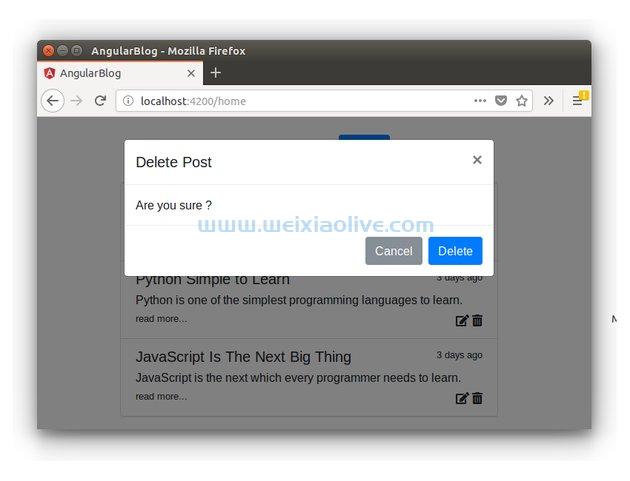
创建删除博客文章api
让我们创建一个 rest API 端点来删除博客文章。在 server/app.js文件中,创建一个 REST API 端点来处理基于 blog post 的 blog post 删除id。以下是 REST API 端点的外观:
app.post('/api/post/deletePost', (req, res) => {
})mongoose.connect(url, { useMongoClient: true }, function(err){
// connection established
});您将使用该 findByIdAndRemove方法使用 查找博客文章并将其 id删除。成功删除博客文章后,您将返回status回复。以下是 REST API 端点的外观:
app.post('/api/post/deletePost', (req, res) => {
mongoose.connect(url, { useMongoClient: true }, function(err){
if(err) throw err;
Post.findByIdAndRemove(req.body.id,
(err, doc) => {
if(err) throw err;
return res.status(200).json({
status: 'success',
data: doc
})
})
});
})调用 Delete API
当用户单击删除图标时,您需要将帖子详细信息保存在变量中。如果用户在确认后继续执行删除选项,您将调用删除 REST API。
setDelete添加一个在删除按钮单击时调用的方法 show-post.component.html。这是它的外观:
<i (click)="setDelete(post)" data-toggle="modal" data-target="#deleteModal" title="Delete" class="fas fa-trash-alt" aria-hidden="true"> </i>
在show-post.component.ts文件中,定义一个名为 post_to_delete.
setDelete定义内部调用的方法show-post.component.ts以保留要删除的帖子详细信息。
setDelete(post: Post){
this.post_to_delete = post;
}当用户点击弹出框的取消按钮时,需要调用一个被调用的方法将 unsetDelete其设置post_to_delete为null。这是它的外观:
unsetDelete(){
this.post_to_delete = null;
}以下是Cancel按钮 HTML 代码的show-post.component.html外观:
<button #closeBtn (click)="unsetDelete()" type="button" class="btn btn-secondary" data-dismiss="modal">取消</button>
现在让我们定义文件中调用的服务deletePost方法show-post.service.ts。这是它的外观:
deletePost(id){
return this.http.post('/api/post/deletePost',{id : id})
}要从 调用服务方法ShowPostComponent,请定义一个调用的方法,该方法deletePost将从 订阅该deletePost方法ShowPostService。这是看起来的deletePost方法:ShowPostComponent
deletePost(){
this.showPostService.deletePost(this.post_to_delete._id).subscribe(res => {
this.getAllPost();
})
}一旦帖子被删除,您需要刷新帖子列表,因此您需要调用该getAllPost方法。删除成功后,您还需要关闭弹出窗口。
首先,在 文件中导入对ViewChild和的引用。ElementRefshow-post.component.ts
import { Component, OnInit, ViewChild, ElementRef } from '@angular/core';定义一个变量 closeBtn 来创建对弹出关闭按钮的引用。
@ViewChild('closeBtn') closeBtn: ElementRef;现在,当删除调用成功时,您需要关闭删除确认弹出窗口。
修改后的deletePost方法如下所示:
deletePost(){
this.showPostService.deletePost(this.post_to_delete._id).subscribe(res => {
this.getAllPost();
this.closeBtn.nativeElement.click();
})
}这是show-post.component.ts文件的外观:
import { Component, OnInit, ViewChild, ElementRef } from '@angular/core';
import { ShowPostService } from './show-post.service';
import { Post } from '../models/post.model';
import { CommonService, } from '../service/common.service';
@Component({
selector: 'app-show-post',
templateUrl: './show-post.component.html',
styleUrls: ['./show-post.component.css'],
providers: [ ShowPostService ]
})
export class ShowPostComponent implements OnInit {
@ViewChild('closeBtn') closeBtn: ElementRef;
public posts : any [];
public post_to_delete;
constructor(private showPostService: ShowPostService, private commonService: CommonService) {
}
ngOnInit(){
this.getAllPost();
this.commonService.postAdded_Observable.subscribe(res => {
this.getAllPost();
});
}
setDelete(post: Post){
this.post_to_delete = post;
}
unsetDelete(){
this.post_to_delete = null;
}
getAllPost(){
this.showPostService.getAllPost().subscribe(result => {
console.log('result is ', result);
this.posts = result['data'];
});
}
editPost(post: Post){
this.commonService.setPostToEdit(post);
}
deletePost(){
this.showPostService.deletePost(this.post_to_delete._id).subscribe(res => {
this.getAllPost();
this.closeBtn.nativeElement.click();
})
}
}保存上述更改并重新启动客户端和服务器应用程序。登录应用程序并单击与任何博客文章对应的删除图标。您将弹出一个确认框。确认博文删除,博文将被删除并更新博文列表。
在登录期间处理用户会话
当用户登录应用程序时,您将登录的用户名保存在localstorage. 修改validateLogin里面的方法LoginComponent,将登录的用户名存储在localstorage.
验证 API 调用的结果后,添加以下代码以存储登录的用户名。
localStorage.setItem('loggedInUser', this.user.username);以下是该validateLogin方法的外观:
validateLogin() {
if(this.user.username && this.user.password) {
this.loginService.validateLogin(this.user).subscribe(result => {
if(result['status'] === 'success') {
localStorage.setItem('loggedInUser', this.user.username);
this.router.navigate(['/home']);
} else {
alert('Wrong username password');
}
}, error => {
console.log('error is ', error);
});
} else {
alert('enter user name and password');
}
}现在,在home.component.html文件中,添加一个调用logout注销按钮的方法。
<button (click)="logout()" type="button" class="btn btn-link"> Logout </button>
在home.component.ts文件中,创建一个名为logout. 在logout方法内部,您需要清除loggedInUser. 以下是该方法的外观:
logout(){
localStorage.removeItem('loggedInUser');
this.router.navigate(['/']);
}在HomeComponent的构造方法中,需要添加对loggedInUser本地存储键的检查。如果没有找到,您需要重定向到登录页面。这是home.component.ts文件的外观:
import { Component, ViewChild, ElementRef } from '@angular/core';
import { CommonService } from '../service/common.service';
import { Router } from '@angular/router';
@Component({
selector: 'app-home',
templateUrl: './home.component.html',
styleUrls: ['./home.component.css']
})
export class HomeComponent {
@ViewChild('addPost') addBtn: ElementRef;
constructor(private commonService: CommonService, private router: Router){
if(!localStorage.getItem('loggedInUser')){
this.router.navigate(['/']);
}
this.commonService.postEdit_Observable.subscribe(res => {
this.addBtn.nativeElement.click();
});
}
logout(){
localStorage.removeItem('loggedInUser');
this.router.navigate(['/']);
}
}保存上述更改并重新启动客户端服务器。尝试通过 在浏览器窗口中加载 URL http://localhost:4200/home来访问主页。您将被重定向到登录页面。
登录应用程序并单击注销按钮。您将被注销并重定向到登录页面。
概括
在本教程系列的这一部分中,您学习了如何通过在博客文章列表中添加图标来实现博客文章删除。您还创建了一个 REST API,用于使用客户端从 MongoDB 数据库中删除博客文章详细信息Mongoose。
您只实现了博客应用程序的基本功能,并且可以进一步开发此应用程序以包含更多功能。
您学习使用 Angular 和 MongoDB 创建博客应用程序的经验如何?请在下面的评论中告诉我们您的想法和建议。
本教程的源代码可在GitHub 上获得。

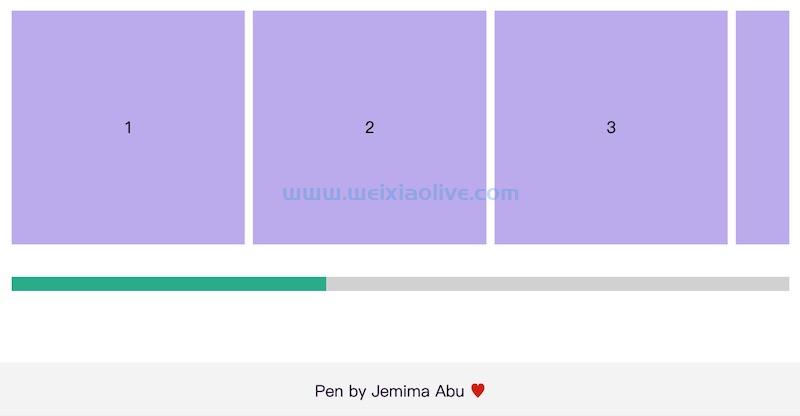
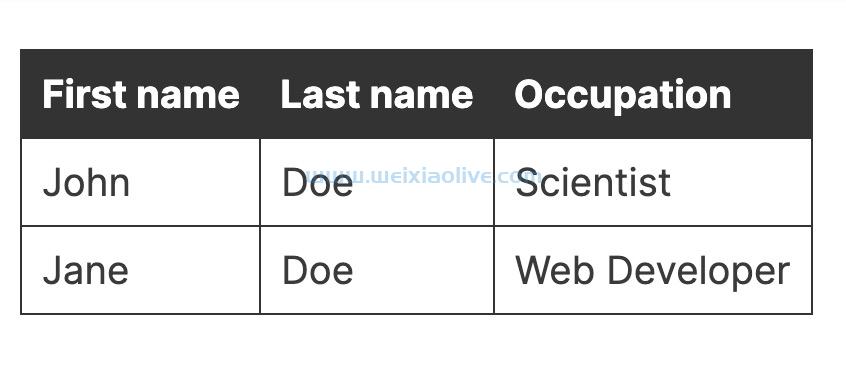


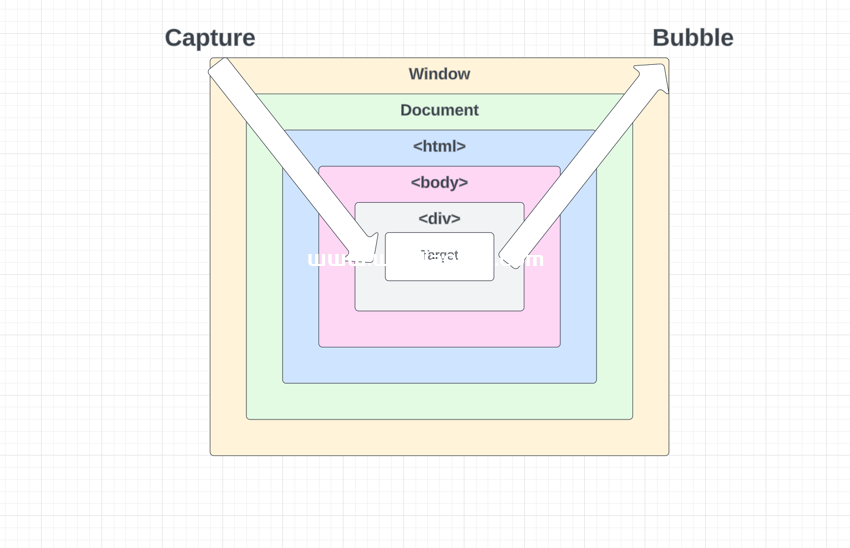
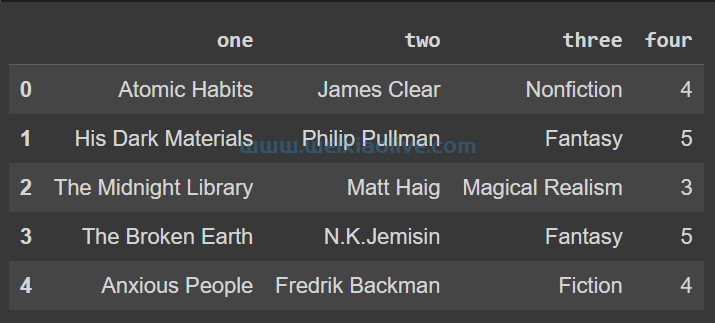

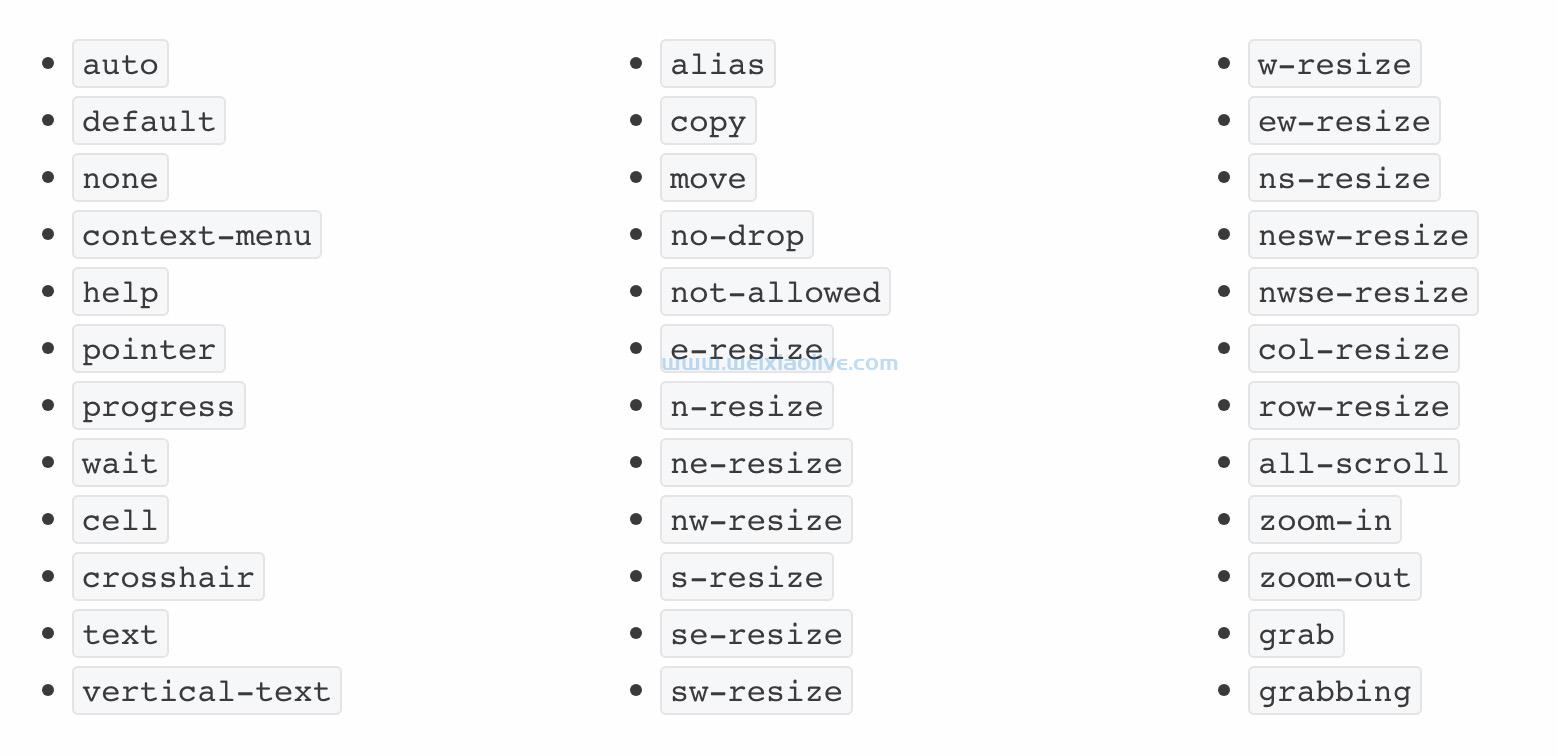
![如何删除Word中的空白页[4种简单方法] 如何删除Word中的空白页[4种简单方法]](https://www.weixiaolive.com/en/zb_users/upload/2023/07/20230702124855168827333590644.png)

